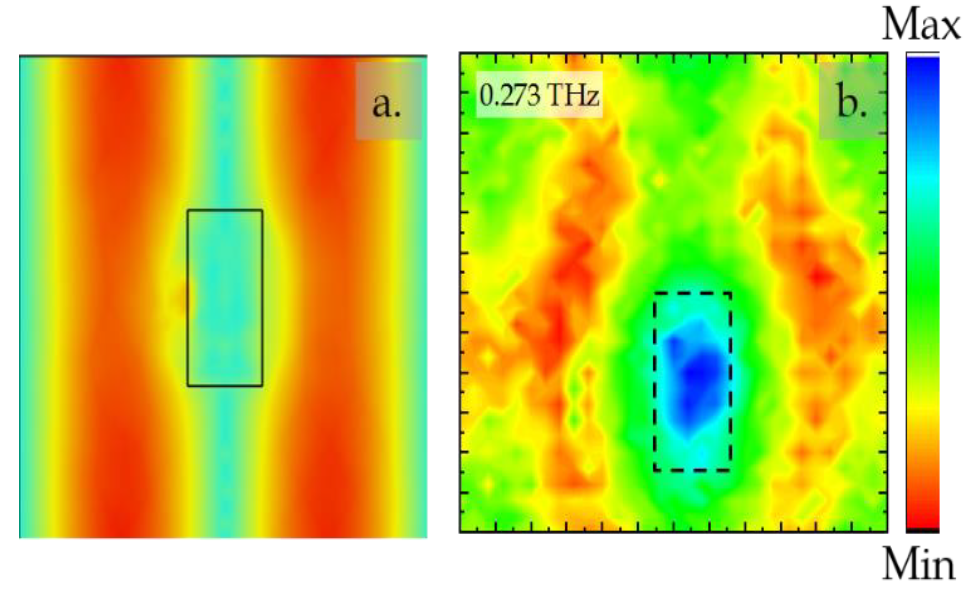| PREVIOUS PRESENTATION | BACK TO PROGRAM OVERVIEW | NEXT PRESENTATION |
Far-Field and Near-Field Terahertz (THz) Spectroscopy of Materials
S. S. Prabhu*
Department of Condensed Matter Physics and Material Science, Tata Institute of Fundamental Research, Mumbai 400005, India
*prabhu@tifr.res.in, shriganesh.prabhu@gmail.com
Terahertz (THz) spectroscopy offers large opportunities in the ultrafast study of materials of various kinds. There are no high power sources or sensitive detectors of THz. Either they are expensive or difficult to fabricate. Using Laser driven THz sources and detectors, we can form THz time domain spectroscopy (TDS). We have used several different designs to fabricate high power THz sources and detectors. We will describe some of these in the talk. We have developed several Terahertz (THz) spectroscopic techniques to study different materials from single crystals to metamaterials. We studied THz optical properties of Vanadium doped [100] β-Ga2O3 using THz-TDS. β-Ga2O3 is a very popular material with a lot of applications in power electronics etc. The V-doped β-Ga2O3 crystal shows strong birefringence in the 0.2-2.4 THz range. We measured phase retardation over the whole THz range by developing THz Time-Domain Polarimetry (THz-TDP) technique. It is observed that the V-doped β-Ga2O3 crystal behaves both as a quarter waveplate (QWP) at 0.38, 1.08, 1.71, 2.28 THz, and a half wave-plate (HWP) at 0.74 and 1.94 THz, respectively. We have also studied Metamaterials of different types for different applications. Polarization dependent transmission through an array of subwavelength apertures can have potential application in the channel multiplexing for wireless communication. Specifically, in the sub-Tera-Hertz frequency range (~0.09-0.3 THz), such metasurfaces can be deployed as Intelligent Transmitting Surface (ITS) for 6th Generation (6G) short-range communication. We studied THz transmission through such surfaces. We developed a Near Field Scanning THz Microscope for this purpose. Several interesting Metamaterials were studied using this unique THz Microscope of its kind. In Fig. 1 We have shown one such scan for the periodic aperture metasurface.

Figure 1: (a) Simulated and (e) Measured Z-component of Terahertz near Electric field at 0.273 THz
References
[1] Ajinkya Punjal, et al, Optical Materials Express 12(7), 2870 (2022)
